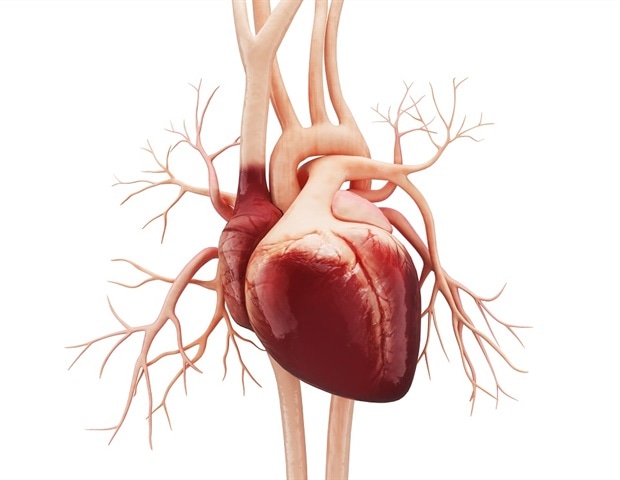The European Research Council is funding a consortium consisting of the Helmholtz-Zentrum Hereon, ETH Zurich and TU Graz with a total of 10 million euros for developing new methods to determine the mechanical properties of living human tissue. TU Graz researcher Gerhard A. Holzapfel receives 4.2 million euros.
Changes in the mechanical properties of organs are the cause of numerous diseases, including diastolic heart failure (HFpEF), one of the leading causes of heart-related disease and mortality worldwide. However, it is not yet possible to determine the mechanical properties of soft tissue without surgical intervention. An international research consortium from Graz University of Technology (TU Graz), the Helmholtz-Zentrum Hereon and ETH Zurich wants to change this with a new type of in vivo tissue analysis. In the project MechVivo, the research team will develop experimental and AI-based methods that for the first time show in detail the relationship between transcriptomics, microstructure and mechanical properties of soft biological tissue. The overarching aim is to develop an imaging procedure for the non-invasive examination of tissue microstructure that improves disease diagnosis and therapy in everyday clinical practice. The European Research Council is funding the six-year research project to the sum of 10 million euros, around 4.2 million of which will go to the Institute of Biomechanics at TU Graz.
“TU Graz is proud of Gerhard A. Holzapfel and his team and is delighted with their first ERC Synergy Grant,” says Andrea Höglinger, TU Graz Vice Rector for Research. “Biomedical engineering is one of our university’s key areas of strength. This research receives additional international visibility through collaboration with high-calibre European partners in the MechVivo project. With this ERC grant, TU Graz is once again consolidating its position as a leading institution in Styria within the framework of Horizon Europe.”
ETH Zurich: MRI fingerprint of the tissue
In the course of the project, Sebastian Kozerke and his team at the Institute of Biomedical Engineering, which is run by ETH Zurich and the University of Zurich, will develop a new concept for magnetic resonance imaging (MRI), whose detailed resolution makes it possible to determine a fingerprint of the composition and microstructure of the tissue in the beating heart. In order to develop a reliable in vivo imaging instrument, considerable methodological progress is required in the simulation of MRI sequences, design and data reconstruction.
TU Graz: In-depth understanding of the biomechanics of the heart
In order to correctly interpret this fingerprint of the tissue, a comprehensive understanding of the microstructure and mechanical properties of biological tissue is required. This is where Gerhard A. Holzapfel’s research group at the Institute of Biomechanics at TU Graz comes into play. The team will investigate the relationship between gene expression, microstructure and mechanical properties of soft biological tissue in the laboratory. To do this, the team will map the composition of the tissue down to the nanometre range in order to draw conclusions about the mechanical properties of the heart. Various mechanical tests and microscopic examinations will be carried out ex vivo on pig hearts from abattoirs and human donor organs. The test loads are very similar to the conditions in the living body, which means that the mechanical properties of the heart can be determined extremely realistically.
Hereon: AI-based software for clinical applications
At Helmholtz-Zentrum Hereon in Geesthacht, a team led by Christian Cyron from the Institute of Materials Systems Modeling will develop AI-based software that uses the data collected in Zurich and Graz to decipher the relationship between the microstructural fingerprints of the tissue and its mechanical tissue properties and make it accessible to medical professionals.
“Our three research groups complement each other perfectly with their respective expertise. With our innovative research approach in this project constellation, we will succeed, among other things, in developing an imaging procedure for the non-invasive examination of tissue microstructure,” says Gerhard A. Holzapfel. “As a proof of concept, we will then demonstrate how our new method can support the diagnosis of diastolic heart failure as part of a clinical study at the University Hospital Zurich. Our research approach in this project constellation gives us a unique selling point worldwide”.
The ERC Synergy Grant
Funding from the European Research Council (ERC) is regarded as the highest honour for researchers in Europe. Synergy Grants are the most highly endowed and least frequently awarded grants for joint projects between two to a maximum of four research groups that are characterised by a unique combination of complementary expertise and resources. The maximum funding amount is 10 million euros over a period of six years. The research should enable significant progress at the frontiers of knowledge and have the potential to set standards worldwide.
Source link : News-Medica

